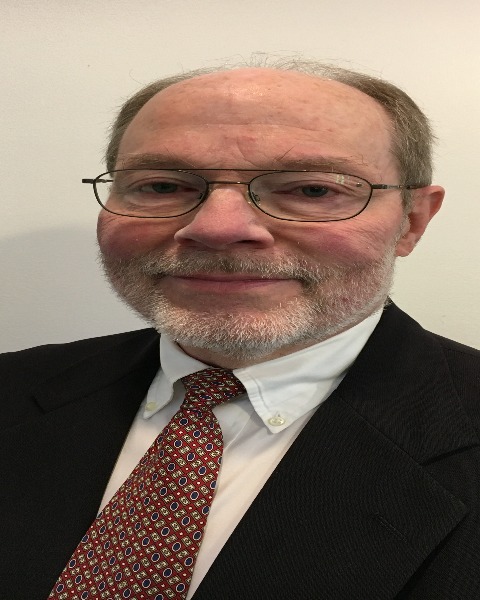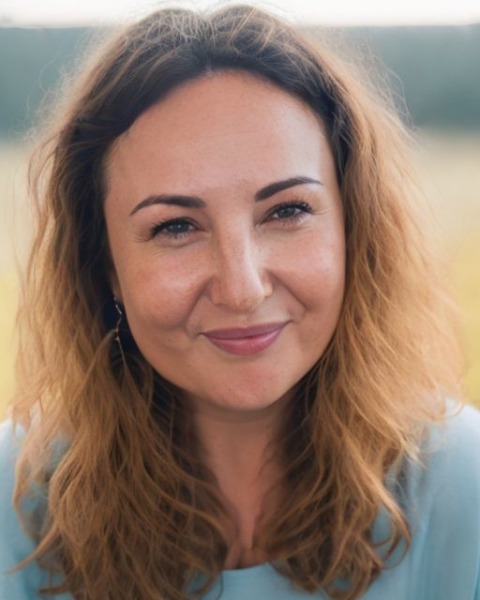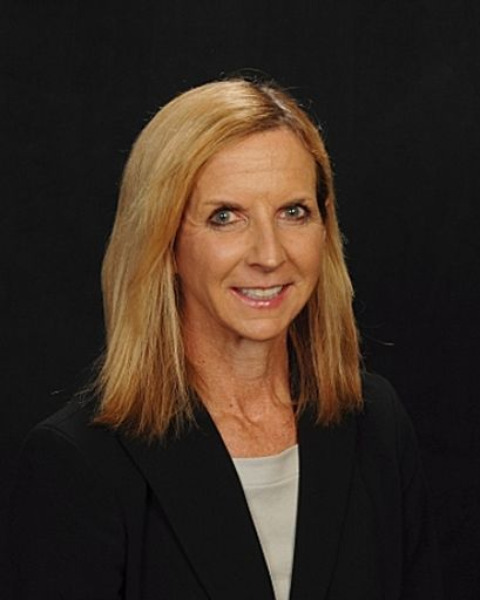Poster
Case-based Learning: Making it Real World

John R. Bayliss (he/him/his)
VP Business Development
Annenberg Center for Health Sciences at Eisenhower
Gregory Scott, PharmD
Scientific Director
Annenberg Center for Health Sciences at Eisenhower
Angel R. Bales, MBA
Grant Development Director
Annenberg Center for Health Sciences at Eisenhower
Angel R. Bales, MBA
Grant Development Director
Annenberg Center for Health Sciences at Eisenhower
Margot Williams, MBA
Grant Development Director
Annenberg Center for Health Sciences at Eisenhower
Primary Presenter(s)
Author(s)
Co-Presenter(s)
Presenter(s)
Author(s)
Clinicians show a preference for and benefit from problem-based learning, making case studies a particularly good approach for these learners. In the past, learner evaluation comments from our online CME activities indicated a need for programs to more effectively relate content to clinical practice. Additionally, outcomes results from our activities indicated that we were under performing in improving competence-based practice gaps. These issues underscored the need for modified educational designs that effectively address competency gaps and facilitate the practical application of knowledge to clinical settings.
We subsequently endeavored to design activities that used case studies as the primary teaching mechanism rather than as a small portion of an overall activity.
The participants in these efforts included our Scientific Director, Program Manager, IT Director, Designer/Programmer, Evaluation & Analytics Director, and Grant Development Directors.
Objective: In response to learner feedback and rapidly evolving clinical landscapes, our objective was to modify the first-generation of a case study-focused educational format to include requisite analysis, insights, knowledge, and application to practice that provide greater value to clinician learners.
Educational Strategy:
Initially, we designed the case study-focused activity (called Study Companion) with several patient cases, with each case its own learning module. Each case includes a series of text-based diagnostic and treatment scenarios and clinical questions which learners are required to answer. After answering each question, learners review a text-based correct answer rationale. Each case concludes with a faculty video in which the key clinical concepts for the case are emphasized.
Ongoing review and analysis of activity evaluations prompted us to modify the educational design twice. Issues prompting the design modifications include:
Further Need to Relate Content to Real-World Clinical Practice: After using our first-generation activity design (Study Companion) for a few activities, we perceived a need to more significantly connect learning concepts from the cases to clinical practice. As a result, rather than limiting a faculty video to summarize the case, we expanded the faculty discussions to provide their answer rationales and insights after each clinical question for the case.
Evolving Research and Clinical Landscapes: While developing a recent activity in diabetes using the second-generation format (Clinical Compendium), the GLP-1/SGLT2 research and clinical landscapes were rapidly evolving. This new information and data underscored a need to provide more comprehensive knowledge-based content as part of the education. As a result, a third generation of our case studies format (Clinical Compendium Plus) was developed to add knowledge-based learning modules as needed before the relevant case as a means to prepare participants for the case.
Patient-Level Outcome(s) Measured:
None. This poster is about helping our peers understand process and improve their own process.
Learning Objectives:
- Describe changes made in the educational design of case-based activities intended to improve clinician learner application to practice.
- Describe changes made in the educational design of case-based activities intended to improve competence-based practice gaps.
- Identify challenges encountered in the redesign of case-based activities and strategies to overcome them.
